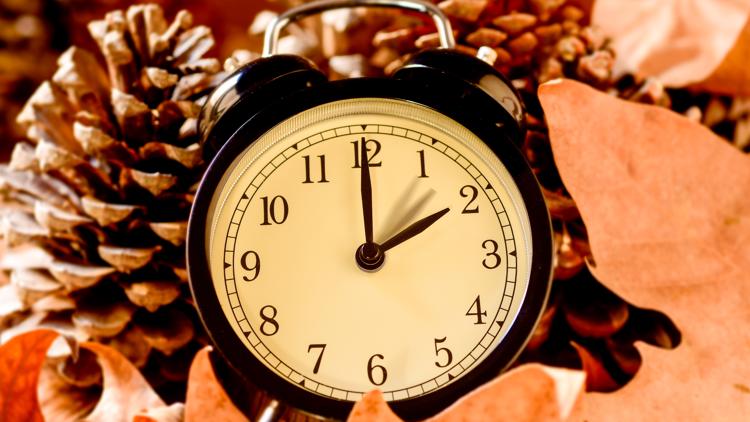Share this @internewscast.com

This weekend marks the end of daylight saving time for most U.S. states, a biannual tradition soon to take place.
In Washington, the clocks will “fall back” one hour at 2 a.m. on Sunday, November 2, effectively ending daylight saving time for 2025. This shift affords many an extra hour of sleep, but it also means earlier sunrises and sunsets before 7 p.m. The next adjustment to “spring forward” will occur in March 2026.
Efforts in Congress to make daylight saving time permanent have surfaced repeatedly, aiming to eliminate the need to change clocks twice a year. However, these proposals rarely advance far enough to become law.
With legislative progress stalled, Americans will continue the tradition of “falling back” in 2025 and “springing forward” the following year.
As a reminder, daylight saving time will officially conclude at 2 a.m. on Sunday, November 2, 2025.
When do clocks fall back in 2025?
Daylight saving time in 2025 ends on Sunday, Nov. 2 at 2 a.m.
Do we lose or gain an hour?
Clocks will move back an hour on Sunday, giving most Americans an extra hour of sleep.
Why was daylight saving time created?
The practice has been implemented in some form since World War I when Germany originally introduced it to conserve power and energy by extending daylight hours.
The Standard Time Act in 1918 was the first introduction of daylight saving time to American clocks. The temporary measure, which once held the nickname “war time,” lasted from spring to fall and was intended to cut energy costs during World War I. The act is also responsible for the five time zones still in place today.
The Department of Transportation was created and given regulatory power over time zones and daylight saving time in 1966. In order to correct confusing and alternating time zones, the Uniform Time Act of 1966 sought a nationwide standard for daylight saving time from the last Sunday in April to the last Sunday in October.
Few changes have happened since then. Most recently, daylight saving time was extended by a few weeks in 2005 when former President George Bush changed the law. It is now observed from the second Sunday in March until the first Sunday in November.
Despite the national observance, Arizona and Hawaii don’t observe daylight saving time. Under federal law, states are allowed to opt out of daylight saving time and remain on standard time, but are not allowed to remain on daylight time.
The U.S. has previously implemented daylight saving time year-round twice, once in World War II for fuel conservation and once in 1974 as “trial run” during an energy crisis.
The Senate in 2022 unanimously approved a measure that would make daylight saving time permanent across the United States, but it did not advance.
President Trump has made several digs at the semiannual changing of clocks, but backed off his call for the Republican Party to eliminate daylight saving time – calling it a “50-50 issue.”
Which states want to make daylight saving time permanent?
Many states have passed measures to stay on daylight saving time permanently — a move that some have called “lock the clock.” For some states, they’re willing to go forward with it as long as a few of their neighbors do the same.
Over the last seven years, 18 states have passed legislation or resolutions in support of year-round daylight saving time, according to the National Conference of State Legislatures. In 2025, at least 31 states considered or are still considering legislation related to daylight saving time.
There has even been a suggestion that some states leave the Eastern Time Zone entirely and adopt a new one used by parts of Canada and a couple of U.S. territories. Other efforts aim to keep states in standard time year-round, avoiding the pesky time change twice a year.
However, none of those bills or laws aiming to make daylight saving time permanent can take effect until there is a federal repeal of the congressional act. In essence, Congress needs to change the law for the U.S. to keep daylight saving time year-round.
Click here for your local weather forecast from a team of trusted meteorologists.
















